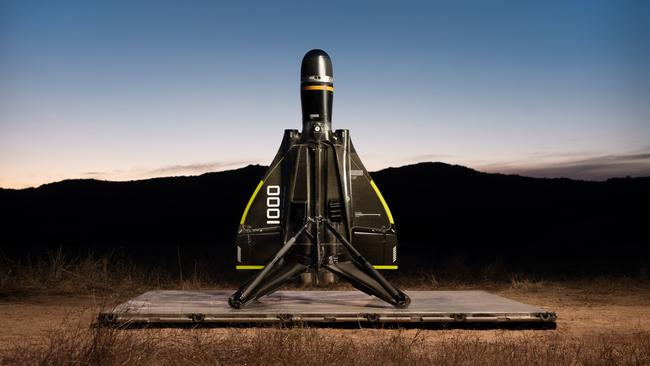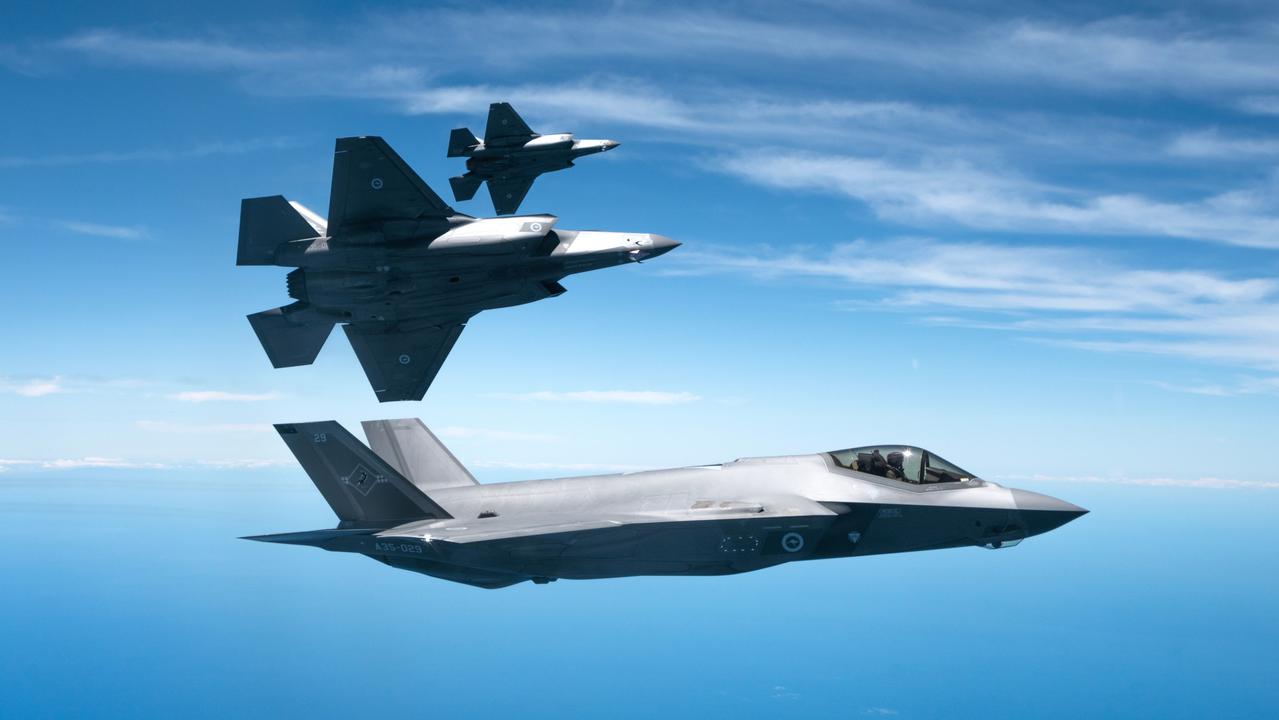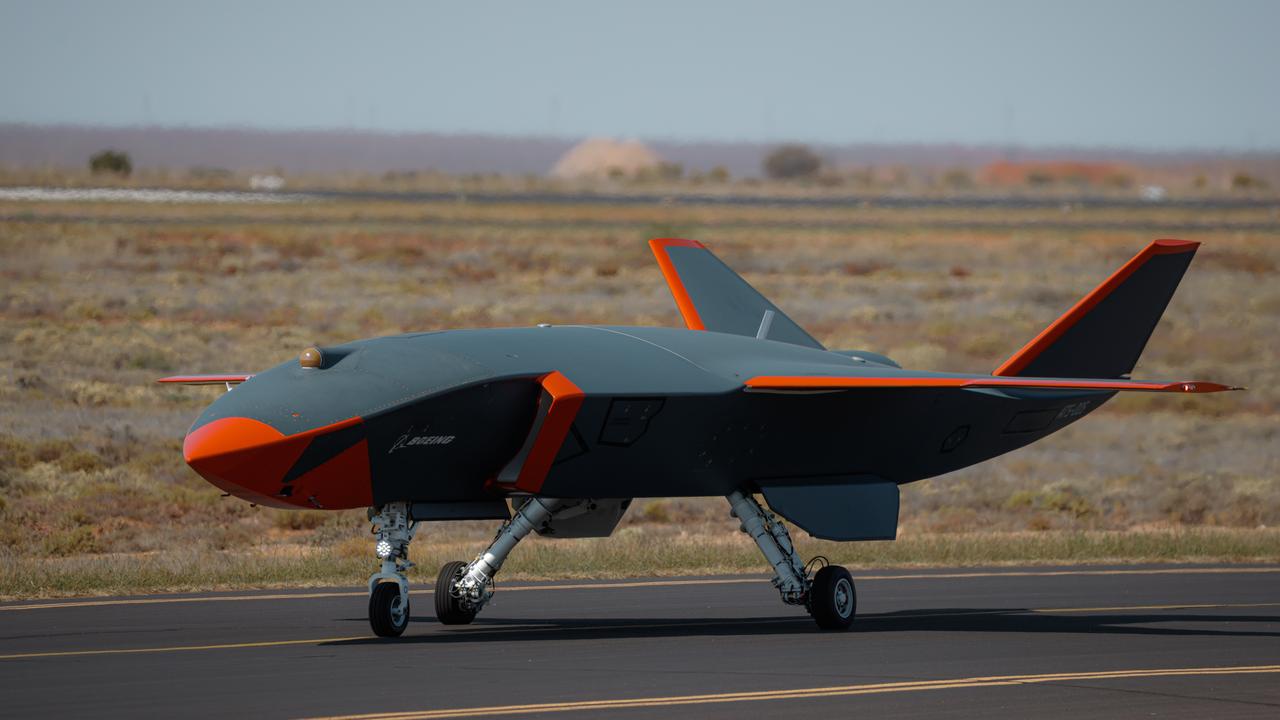Anduril’s counter-drone system to be showcased in Australia
The stark economics of destroying incoming drones – or attack helicopters or aircraft – have changed warfare beyond recognition in just a couple of years.

The stark economics of destroying incoming drones – or attack helicopters or aircraft – have changed warfare beyond recognition in just a couple of years. At Land Forces 2024 Anduril Australia will show its Roadrunner anti-drone drone, which it believes will provide air defence much more cheaply than traditional missiles, for the first time in Australia.
The Roadrunner autonomous Uncrewed Air System (UAS) was only launched by the firm’s California-based high-technology parent in December last year and is already in service with US Special Operations Command. It is controlled by the same Lattice OS autonomous command and control system used by Anduril Australia’s Ghost Shark Extra Large Autonomous Undersea Vehicle (XL-AUV) which it is developing in Sydney for the RAN.
The warhead-equipped Roadrunner-M variant is a recoverable, high-explosive interceptor built for ground-based air defence, says chairman and chief executive David Goodrich. It is two metres, long powered by twin turbojets, takes off and lands vertically and flies at high subsonic – airliner – speeds. The company hasn’t disclosed exact size, speed and range figures, but “Roadrunner-M is able to neutralise targets for a fraction of the cost of a traditional interceptor,” says Goodrich.
The Roadrunner-M takes off vertically, then follows and intercepts ‘‘distant’’ targets including large UASs as well as manned aircraft costing 100 times as much as Roadrunner itself, the company says. If there is no need to destroy the target, Roadrunner-M can simply return to base and land like a SpaceX rocket motor for immediate refuelling and re-use.
The need for such a system has become obvious: “Across recent conflicts we have seen malicious actors increasingly using state-owned and commercially available drone technology with devastating effect against more exquisite systems,” says Goodrich. “It is critical that advanced counter-UAS systems are in place to protect ADF personnel and equipment against these asymmetric threats.”
Anduril’s Counter UAS, or CUAS, capability forms an end-to-end system, deploying a range of active and passive sensors and kinetic and non-kinetic effectors, says Goodrich. These are all co-ordinated by the company’s Lattice OS command and control system.
And unlike legacy missile systems, operators can re-use all craft that are launched but don’t make an intercept, he emphasises. This radical shift in thinking allows for large-scale defensive launches, increasing redundancy for higher probability of lethality at what he calls ‘‘extraordinarily low cost’’ and enhancing the ability to engage many targets simultaneously.
Anduril’s CUAS system is co-ordinated by the Lattice OS and includes hardware components such as the company’s Sentry sensor tower, Anvil interceptor quad-copter UAS, Pulsar electronic warfare system and WISP infrared sensor, creating a layered defensive system.
Lattice enables persistent sensor coverage of defended assets with autonomous detection, classification and tracking of objects of interest, the company says. It is designed to alert users to potential ground or airborne threats and prompt them with options for either mitigation or engagement.
At Land Forces the company will also show Altius, an autonomous UAS designed to be launched from ground, air or sea. Altius-M is a combat-proven loitering munition that delivers extended loitering time or range while using autonomy to execute collaborative teaming and co-ordinated strikes.



To join the conversation, please log in. Don't have an account? Register
Join the conversation, you are commenting as Logout